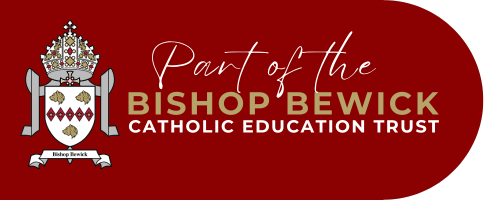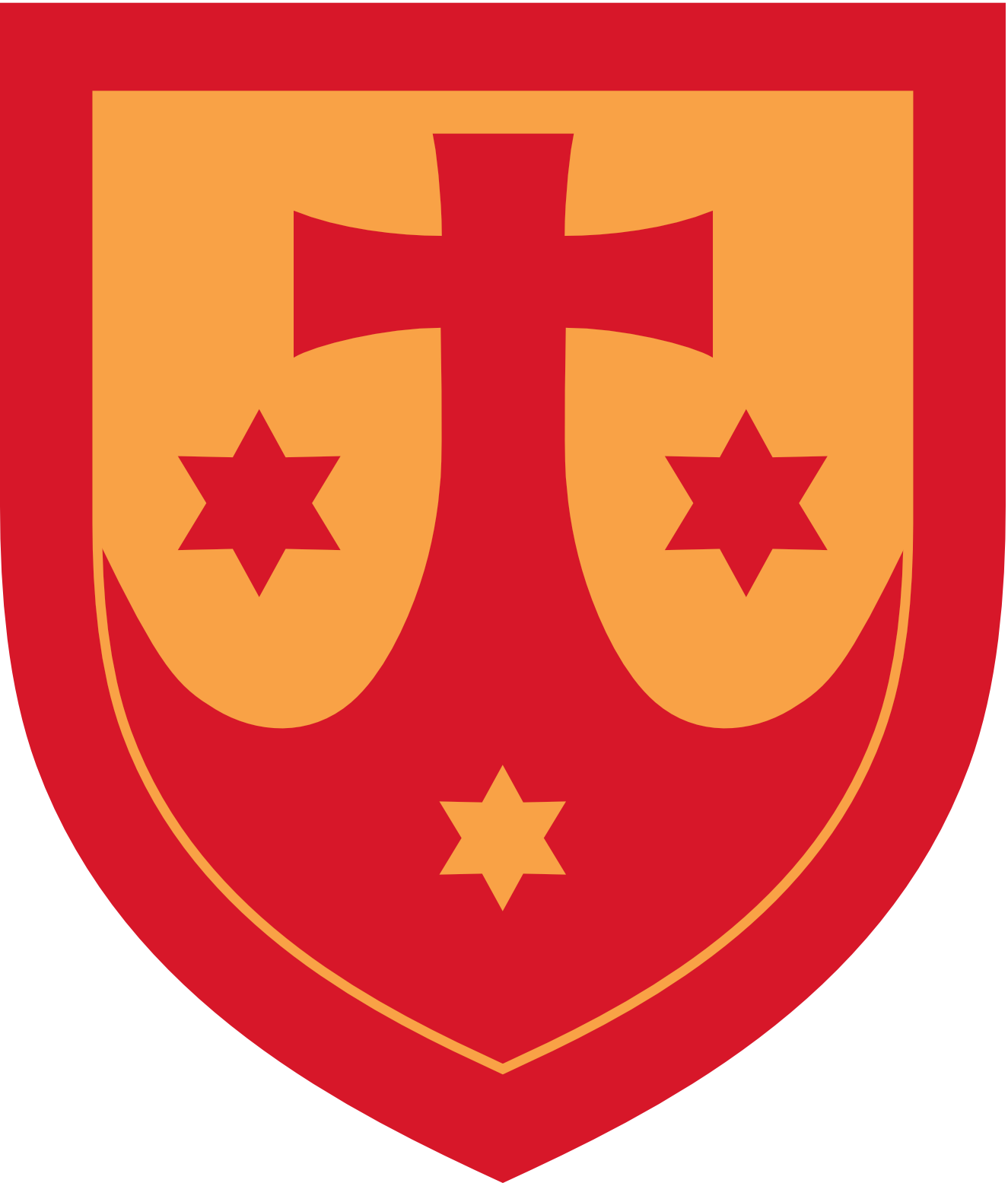
COMPUTING
INTENT:
The Computing curriculum at St. Teresa’s Catholic Primary School is designed to enable pupils to embrace and utilise new technologies through the application of essential knowledge, principles and concepts. “Whether you want to uncover the secrets of the universe, or you want to pursue a career in the 21st century, basic computer programming is an essential skill to learn.” Stephen Hawking Theoretical Physicist, Cosmologist and Author. Pupils must be equipped to operate in a rapidly changing workplace and to be prepared for the career opportunities that will be open to them.
Technology is everywhere and will play a pivotal part in students' lives, therefore, we want to model and educate our pupils on how to use technology positively, responsibly and safely. We want our pupils to be creators, not just consumers and our broad curriculum encompassing ‘Computer Science’, ‘Information Technology’ and ‘Online Safety’ reflects this. We want our pupils to understand that there is always a choice with using technology and as a school we utilise technology to model positive use. We recognise that the best prevention for a lot of issues we currently see with technology and social media is through education.
Technology provides accessibility opportunities for our pupils and also allows them to share their learning in creative ways. Our knowledge rich curriculum has to be balanced with the opportunity for pupils to apply their skills creatively which will in turn help our pupils become proficient computer scientists.
We want our pupils to be fluent with a range of tools to best express their understanding and hope by upper Key Stage 2, children have the independence and confidence to choose the best tool to fulfil the task and challenge set by teachers.
IMPLEMENTATION:
Computing skills are taught explicitly at St. Teresa’s, with every pupil receiving a dedicated weekly block of computing lessons throughout each half-term. Each half-term has a focus on either Information Technology or Computer Science, with Online Safety lessons also taught during each half-term block. The skills acquired are then embedded throughout the curriculum in all subjects. Online Safety lessons are mapped to the ‘Education for a Connected World’ framework and are delivered using the ‘Project Evolve’ (SWGfL) resources. Each half-term has a focus on one of the eight strands of the Education for a Connected World framework and the Online Bullying strand is delivered during Anti-Bullying Week in November each year and the Online Reputation strand is delivered during the week of Safer Internet Day in February each year. Throughout units of work, teachers will make links and encourage children to make links also, between past learning and new content. We recognise prior learning and build on it with memorable learning experiences with targeted support where necessary. Each unit meets the needs of the National Curriculum and is broken down to cover every element of each of the three strands of computing.
Alongside our computing advisor we have created a comprehensive curriculum to best embed and cover every element of the Computing curriculum. The progression of knowledge and skills statements build year on year to deepen and challenge our learners. We have also used the NCCE curriculum tied with Purple Mash, Project Evolve, Code.org and Barefoot Computing to create a comprehensive curriculum providing full coverage and a variety of skills for our children. Purple Mash is a child friendly computing system that mirrors a lot of programmes seen in the ‘real’ word (e.g., font buttons are the same, email formats are the same etc). By using Purple Mash, we are exposing the children to real-word systems, but giving them freedom to explore using a child-friendly interface. It is also safe in terms of who and what they can access. As well as using Purple Mash we use NCCE (Teach Computing) materials and guidance to formulate our curriculum. We have identified ‘Project Evolve’ as the best resource to deliver our Online Safety lessons and to cover the requirements of the Education for a Connected World framework. We carefully considered and then picked these different resources, as we believe that they best cover and deliver each of the individual strands of Primary Computing. This has helped create a cohesive structure with clear activities that match our progression of skills documents.
Padlet is used by class teachers to highlight and evidencing skills in computing that have been taught throughout the year.
IMPACT:
The impact of our computing curriculum is that we provide pupils with pupils with a set of skills to embed a lifelong love of learning and that they build on the knowledge and skills from previous learning. We ensure that every child can become a confident user of technology, while being able to use it to accomplish a wide variety of goals, both at home and in school. Children will have a secure and comprehensive knowledge of how technology works in the world around them and will develop their understanding of how to deal with online situations safely. Children will become confident global citizens.
Through the explicit teaching of computing skills, both the teachers and the pupils assess their learning continuously throughout the lesson. To help children get to a deep level of understanding we use quizzes and knowledge organisers that we return to again and again. This is known as interleaving. The knowledge organisers outline what we want the children to know within each unit.
By nature, computing is going to be practical and hands on. We use 'digital books' to record the learning the children have done in computing, as well as giving the children the opportunity to record individually, particularly as they move towards the end of Year 2. Thoughts and ideas are recorded here as well as pictures of work.


